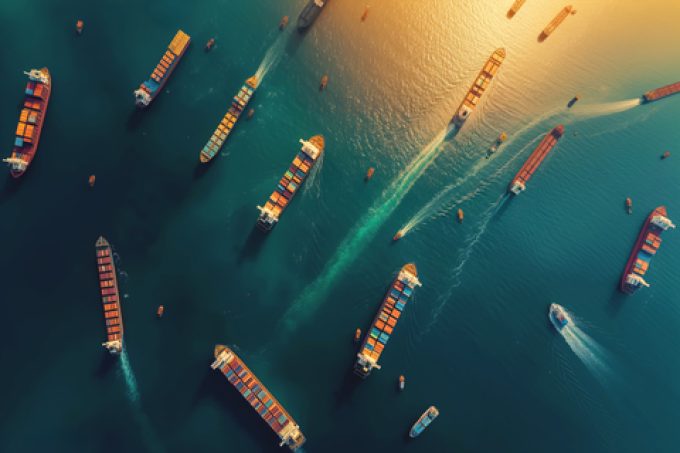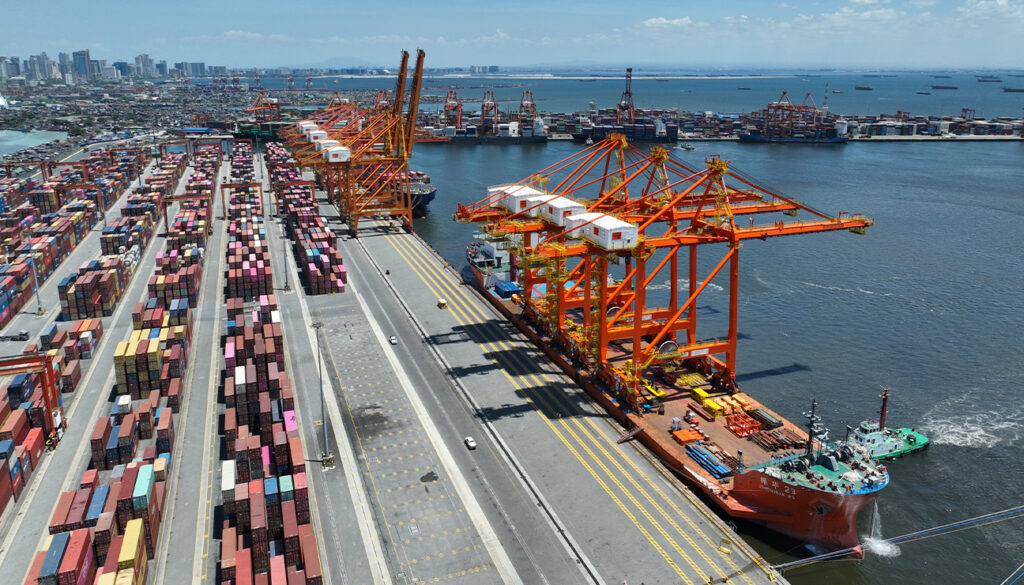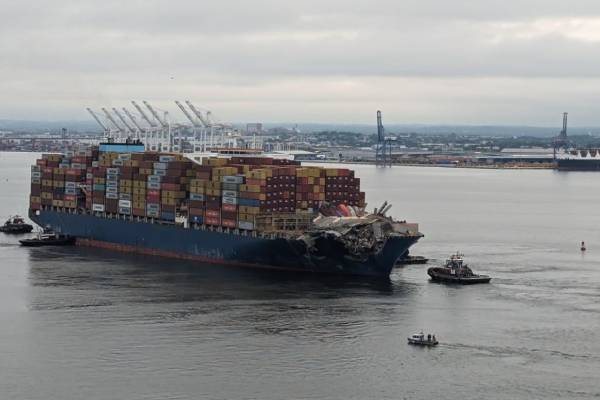The latest port congestion data reveals that shippers are grappling with extensive dwell times as the Red Sea crisis continues to take its toll.
Today, Danish carrier Maersk warned customers it had to “implement recovery measures in the US to ensure schedule integrity” on its AMEX service that connects South Africa to the US.
Delays to this service had been caused by “adverse weather in South Africa and extended waiting time in Freeport”, it said. Freeport is on the US Gulf coast.
“With these contingencies, due to the Jones’ Act rule, we’ve had to tranship cargo out of Freeport, which has created a backlog of containers awaiting oncarriage to final destination,” explained Maersk.
The Jones Act is a federal statute that requires shipping between US ports to be done by ships constructed in the US, carry an American crew and are US-flagged.
“These oncarriers also have limited capacity, causing extended dwell time in Freeport. Along with this, there has been an influx of imports into Freeport via other services causing further congestion and backlog, which we are working tirelessly to clear,” added Maersk.
According to VesselFinder, 33 vessels have arrived at Freeport within the past 24 hours, with another 17 are expected to arrive in the next 30 days.
Meanwhile, supply chain visibility platform Beacon noted the top five congested ports globally as: Durban, with an average 8-day wait time over H124; Ningbo-Zhoushan, with an average 6.1 days; Vancouver, with 4.28 days; Los Angeles with 3.61 days; and Chittagong, with an average wait of 3.41 days.
“While previous analysis showed that most ports were managing well, the latest data shows major ports are starting to feel the pinch,” said Beacon.
According to its H1 24 congestion report, the ports with the largest wait time increase from Q1 are Charleston, Zhoushan, Jebel Ali, Manila and Chittagong.
The Loadstar’s managing editor, Gavin van Marle, told the recent Loadstar Podcast: “I’m coming to the conclusion, looking at the troubles container supply chains have had this year, that congestion should be considered the root of all evil.”
The report says 64% of the South-east Asian ports Beacon analysed saw rising congestion over the quarter. Manila reported the biggest increase in the region, adding nearly 20 hours to average combined anchor and berth times.
In Europe, 12 of 18 analysed ports reported increases, although only two saw deterioration of more than five hours.
In East Asia, four of 26 ports reported increased average congestion in Q2, “suggesting the region is thus far coping pretty well with surging demand”. However, Ningbo-Zhoushan saw congestion rise 17.7% in Q2.
According to Beacon, North American ports have seen “relatively stable congestion levels”, but looming strikes across the US east and Gulf coast ports could put this in jeopardy.
Heightened congestion has stemmed from the Red Sea Crisis, with vessel utilisation at 100% and idling at an all-time low to account for longer lead times, but port operations and infrastructure can’t cope with added volume.
Surging container shipping demand, caused by shippers front-loading to avoid delays, is also contributing to congestion.
Beacon CEO Fraser Robinson said: “Our port congestion index highlights the intricate and dynamic nature of global supply chains and the impact of external events. The sharp increase in congestion at Charleston and the disruptions caused by the Red Sea crisis underscore the importance of robust and adaptable supply chain strategies.”
By: Charlotte Goldstone | 01Aug2024
Source: Ports struggle with congestion as Red Sea crisis and front-loading boost volume – The Loadstar





